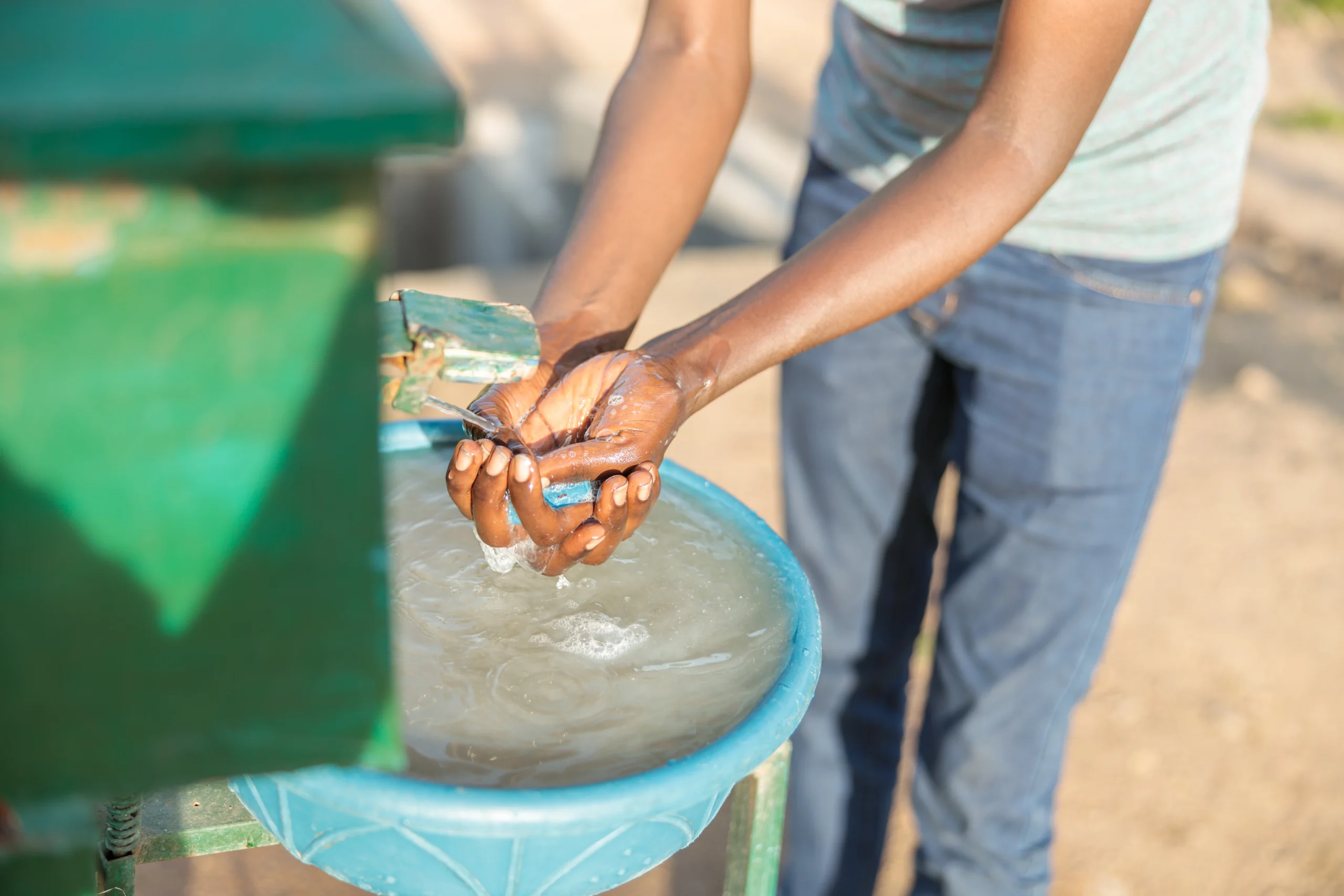The Virtual Water Footprint of Animal Agriculture
By Tyler Ventura
Animal Agriculture
Animal agriculture refers to the practice of breeding and raising livestock to create consumer products. These goods can come in the form of fibers, cosmetics, and household items but are most commonly food such as meat, poultry, and dairy.
Animal agriculture is often regarded as a pillar of agriculture, with livestock in developing countries accounting for 20% of total agricultural output, that number doubling to nearly 40% for developed countries.
The United States alone houses over a billion farmed animals, around 99% of which are kept in factory farms. Of livestock in the U.S., chickens, cattle, and pigs are respectively the most commonly raised. In fact, animal products in the U.S. have consistently surpassed $160 billion made each year since 2005. 2022 even saw 11 metric tons of livestock, poultry, and dairy being exported from the U.S., the major markets for that year being Mexico, China, Japan, South Korea, and Canada.
Animal agriculture also includes the growing and tending of crops to feed livestock. Currently, 36% of the world’s crop calories are fed to them.
The Relationship Between Water & Animal Agriculture
How much water does animal agriculture use?
Agriculture itself is the biggest world water user, accounting for 69% of withdrawals for global freshwater, and with a figure that high, it’s clear that water is a key component to the cultivation and preservation of the animal agriculture industry. Of the available gallons of freshwater on Earth, 34-76 trillion of them are annually consumed by animal agriculture.
Livestock water use is spread across a variety of needs. The most basic of these needs is livestock watering, the regular water intake they get for growth and development. Out of all farmed animals, cows require the largest amount of water, with individual cows drinking 1-2 gallons per 100 pounds of their body weight. With the average cow weighing between 1200-1500 pounds, they drink anywhere from 12-30 gallons daily, over 24 times more than the average human.

Feedlots, confined areas where animals are given a feed diet, are another operation that expends water. While typically reserved for cattle, feedlots can also be used for chickens, pigs, sheep, and ducks. Usually kept in troughs, feedlot water is supplied during feeding times to help with temperature and digestion.
Due to the massive amount of water needed to make milk, dairy farms and the industry as a whole are responsible for a sizable water footprint. Clean water is essential for dairy cows, as it makes up 87% of milk, meaning that having an insufficient supply of water will result in a lower milk yield. A lactating cow can drink 30-50 gallons a day, an amount that can double from heat stress. It takes around 4.5 pounds of water to make a single pound of milk, which in gallons roughly equates to ½ a gallon of water for ⅛ a gallon of milk. Systems and sanitation also require water, with much of it going toward livestock facility cooling, washing, and waste disposal.
Another factor to take into account is the watering of grass and crops for animals to eat. An acre of grass watered to a foot deep is equivalent to 325,851 gallons, with average farm sizes numbering 446 acres in the U.S. for 2022. Grains like corn, soy, barley, wheat, and oat are the most common crops grown for animal feed and call for 43 times more water than pasture-based feeds such as hay, straw, and silage.
Earth’s ever-increasing population and food consumption rate means that the animal agriculture industry will continue to expand along with its need for water.
Sustainable Farming Methods

Because current animal agriculture practices are unsustainable and leave a large water footprint, a few alternative methods for animal agriculture have been devised. These methods mainly revolve around reducing the amount of water necessary to grow animal feed.
Decreasing the amount of water brought to crops through man-made means is one such solution. This method would by no way solely rely on rain-fed farming, instead opting for more efficient irrigation. Possibilities include balancing soil water with less tillage and more crop residue, using crops genetically engineered to better withstand droughts, and/or returning to traditional selection.
Reusing wastewater to grow animal feed is also a possibility, thanks to newer technologies.
Treatment processes can upcycle the wastewater’s high nutrient concentration and employ it to fulfill parts of fertilization requirements. Not only does this lessen the demand for water but it also helps relieve the number of energy-intensive commercial fertilizers involved in growing crops.
Permaculture, an approach to developing land to be self-sufficient, is a practice that’s often applied to farming. In this system, animals and plants work together in harmony, each supporting the other. Animals pasteurize and produce manure, which in turn improves soil for crops and creates a natural cycling ecosystem. Though it has a long-time investment and a substantial reliance on rainwater, permaculture can conserve water, reduce waste, and combat pollution.
These methods each place water conservation as a top priority, seeking to diminish the astronomic amounts of water annually used by animal agriculture.
How to Reduce Our Personal Water Footprint
Individuals can also play a role in reducing animal agriculture’s water footprint. Diet is the most impactful factor, with two-thirds of a person’s total water footprint coming from the foods they eat, due to the high amount of water it takes to produce them.
Meat has the highest water footprint of any food, a single pound of beef requiring approximately 1,800 gallons. As such, it’s important to account for the quality of which the animal was raised, as well as curb the personal amount of meat eaten. A 2018 study found that switching to a healthy diet containing meat utilized 11-35% less water, pescetarian and vegetarian diets having up to a 55% reduction. Dairy too should also be avoided when possible.
Comparatively, fruits and vegetables use vastly less water, with lettuce, tomatoes, potatoes, apples, oranges, and more being under 100 gallons per pound.

Additionally, stopping food waste prevents water from being wasted. The U.S. annually wastes over 100 billion pounds of food, costing billions of dollars and immense amounts of water. By not unnecessarily throwing away food, the water that goes into producing it won’t go down the drain.
Adopting sustainability within both personal life and the industry not only saves water but also money and energy emissions in the long run. With the looming threat of climate change slowly chipping away at water supplies, it’s more imperative than ever to take action. Working together and with everyone doing their part, the water footprint of animal agriculture can be reduced.
At Business Connect, we believe in providing safe, clean water in sustainable ways. If you’re also passionate about ending water scarcity and reducing your own water footprint, consider learning more about our projects or becoming an affiliate here.
On this page
Have a story to share in the world of water, sanitation, and hygiene? Connect with our media team today!
Share Your Story




